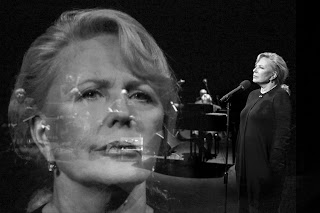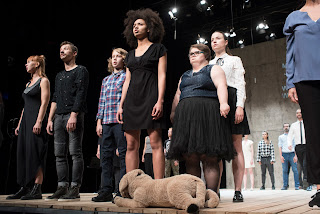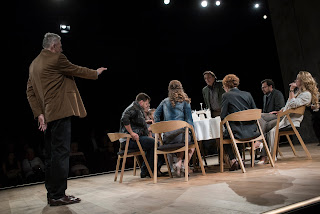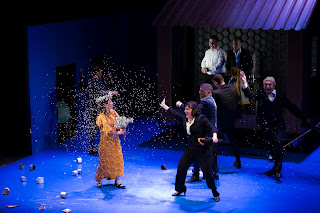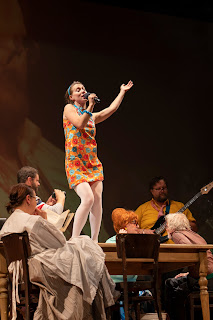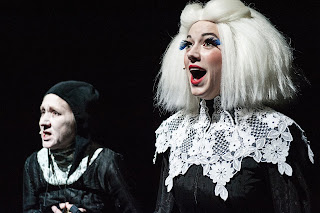The Divaldo International Theatre Festival: Reviews by Steve Capra
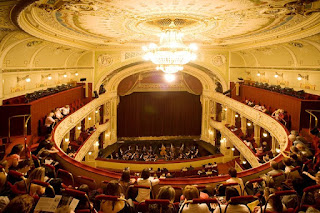
Above: The Grand Theatre, Pilsen = Congratulations to The Divaldo International Theatre Festival for the 2019 Festival! The annual festival takes place over ten days in September in the gorgeous city of Pilsen, Czech Republic. This year’s edition - it was the 27th - presented 50 productions from central and eastern Europe, in 35 venues (the venues I saw were quite handsome indeed). I was happy to have the opportunity to talk with the Festival’s General Director, Jan Burian. He explained that select productions are invited to participate in The Divadlo Festival; they don’t submit themselves. The Festival’s Artistic Board visits “crucial” European productions and festivals as scouts. At least two members of The Artistic Board must see each invited production, and they must agree. The priority is on innovative work. Pilsen was chosen as the host city because of its convenient location, because it is not Prague, and because it was freed by the US army during the war, not ...


